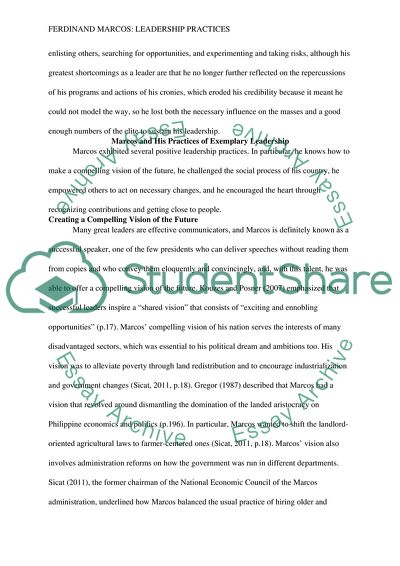Cite this document
(Leadership Practices and Commitments of Ferdinand Marcos Coursework Example | Topics and Well Written Essays - 2000 words, n.d.)
Leadership Practices and Commitments of Ferdinand Marcos Coursework Example | Topics and Well Written Essays - 2000 words. https://studentshare.org/politics/1831865-historic-leader-ferdinand-marcos
Leadership Practices and Commitments of Ferdinand Marcos Coursework Example | Topics and Well Written Essays - 2000 words. https://studentshare.org/politics/1831865-historic-leader-ferdinand-marcos
(Leadership Practices and Commitments of Ferdinand Marcos Coursework Example | Topics and Well Written Essays - 2000 Words)
Leadership Practices and Commitments of Ferdinand Marcos Coursework Example | Topics and Well Written Essays - 2000 Words. https://studentshare.org/politics/1831865-historic-leader-ferdinand-marcos.
Leadership Practices and Commitments of Ferdinand Marcos Coursework Example | Topics and Well Written Essays - 2000 Words. https://studentshare.org/politics/1831865-historic-leader-ferdinand-marcos.
“Leadership Practices and Commitments of Ferdinand Marcos Coursework Example | Topics and Well Written Essays - 2000 Words”. https://studentshare.org/politics/1831865-historic-leader-ferdinand-marcos.


